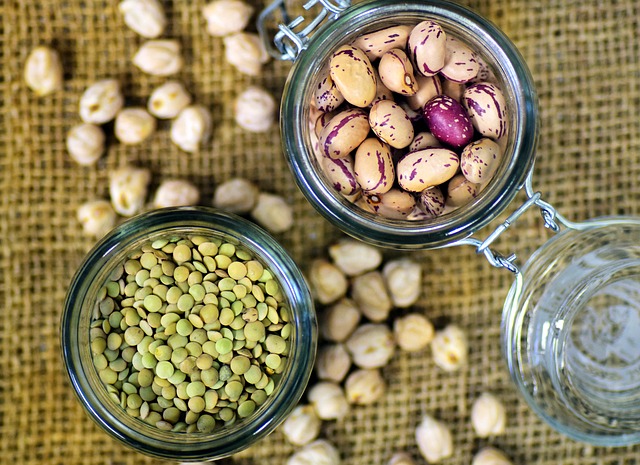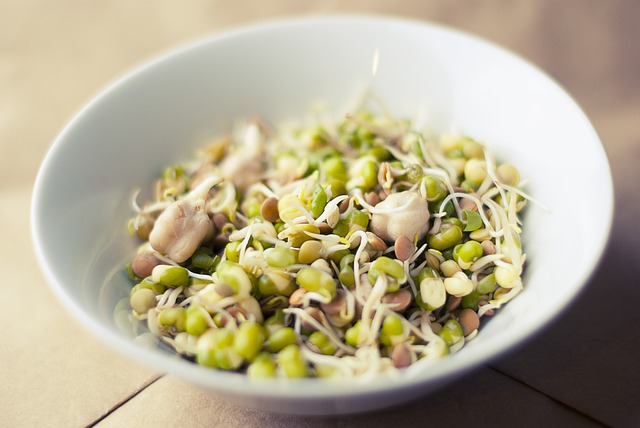Lectins, Phytates and Gluten Free Diet
We talk about gluten ~ Gluten is a sticky, water-soluble protein that is found in grains like wheat, barley, rye and triticale (a cross between wheat and rye). Grains that contain gluten will cause discomfort for people who have Celiac disease or are gluten intolerant. Check out our 7 Things to know before starting a gluten-free diet.
The health issues associated with gluten intolerance can be digestive problems, skin conditions, depression and lack of energy.
In celiac disease, the body’s immune system attacks its own tissues, triggered by gluten in the diet. Grains like corn, rice and oats have similar proteins that may cause problems over time.
There is another problem that most of us don’t discuss which are the unfriendly cousins called Lectins and Phytates that can be just as damaging!
lectins
Let’s discuss Lectins ~ they are sugar-binding proteins. In plants, they are natural toxins to protect against bugs, animals and humans. Rodents and birds can deal with lectins but humans can’t. They are found mostly in grains and legumes like beans; they are lethal in red kidney beans.
The lectins attack intestinal lining where they compromise our intestinal system. They impair cellular regrowth and compromise intestinal villi, which reduces nutrient absorption.
Most of the time their effects are subtle, and it can take years for it to develop into life threatening disease. When lectins bind to the gut lining, they can penetrate the gut wall forming holes in the gut lining allowing food particles, toxins and lectins into the bloodstream called the leaky gun syndrome.
Lectins are related to the autoimmune disease such as arthritis, chrone disease and IBS, but they also relate to other problems like obesity and heart disease. One of the very highest in lectin foods is corn. Lectins in corn are very resistant to heat and are difficult to reduce through cooking.
phytates
Let’s discuss phytates (phytic acid) ~ is a mineral blocker that prevents absorption of calcium, copper, zinc, iron and magnesium. The phytic acid is found in grains, legumes and nuts. By sprouting grains, evidence shows an increase of vital vitamins and break down of the phytic acid
the solution
Short answer, avoids foods that have a high concentration of lectin and phytates such as grains, legumes, nightshade plants and some nuts such as peanuts.
Fermentation ~ for moderate to high lectin foods you choose to keep in your diet, fermentation virtually eliminates lectins.
Cooking~ lowers lectin in foods, for example, tomatoes are lower in lectin when cooked.
Sprouting ~ increases the nutritional value of vitamins and breaks down the phytic acid
Diversify ~ this means rotate your diet. A well balanced healthy mostly low lectin and phytate diet will offer enough nutrition to negate the impact of the occasional moderate level lectin and phytate sources.
Most importantly all grains and legumes must be cooked; even better if they are soaked in water and then cooked. For legumes, I recommend overnight and for grains at least twenty minutes to an hour
Pressure cooking ∼ using a pressure cooker for cooking legumes and other vegetables, you will remove most of the lectins, but it won’t get every last lectin – however, it does help. Check out our easy gluten-free recipes using a pressure cooker such as the Instant Pot.
Disclaimer: This article is not intended to provide medical advice, diagnosis or treatment. Views expressed here do not necessarily reflect those of onlyglutenfreerecipes or its staff.
Affiliate Disclosure: Only Gluten-Free Recipes is a participant in the Amazon Services LLC Associates Program, an affiliate advertising program designed to provide a means for sites to earn advertising fees by advertising and linking to amazon.com. Please check out my sponsorship and disclosure policy page. For more details


